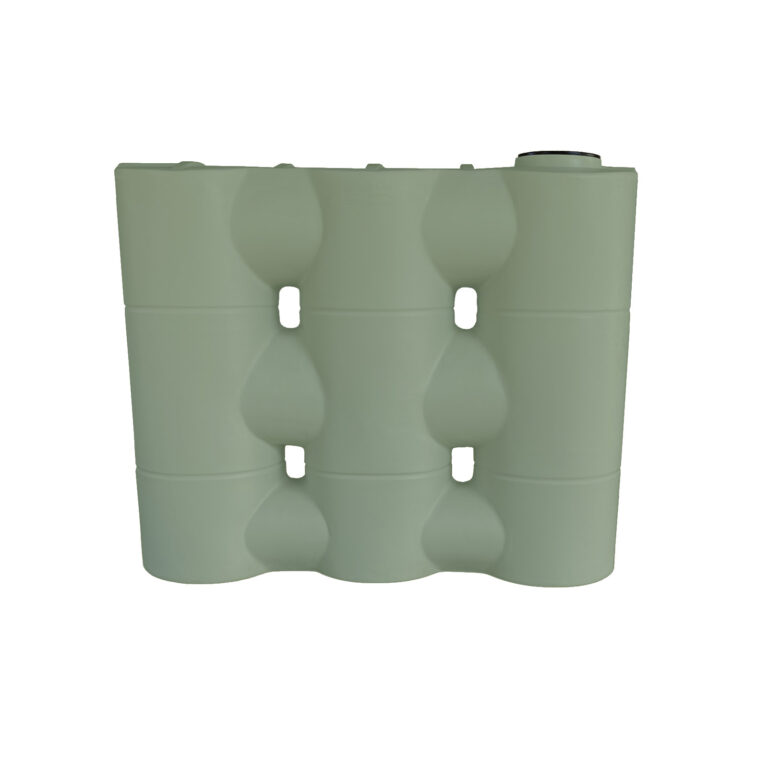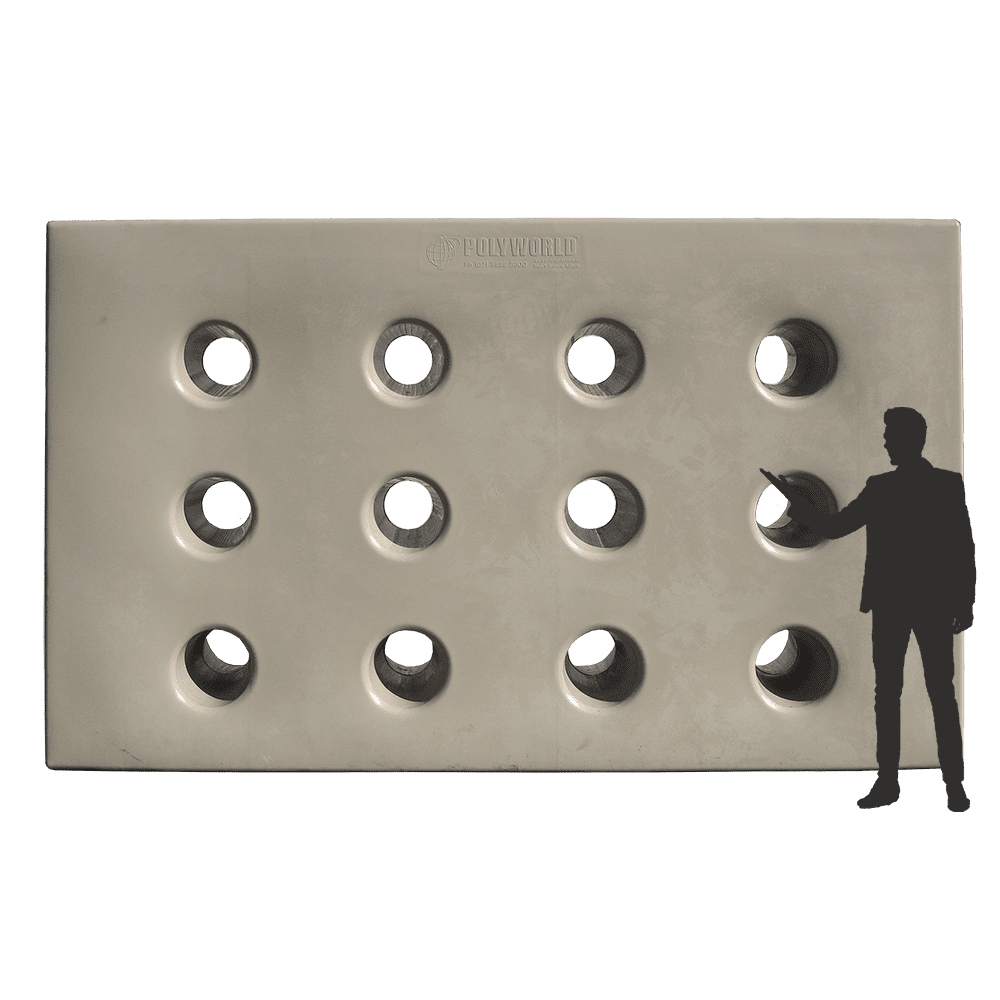Exploring the Numerous Uses of Rainwater Containers for Residential and Commercial Residences
As the global focus on lasting living techniques proceeds to intensify, the utilization of rain containers in both property and business setups has emerged as an essential option. The diverse uses of rainwater tanks present an engaging instance for their adoption, not only as a practical water-saving measure but also as a testament to responsible source monitoring.
Benefits of Using Rain Containers
Using rainwater containers provides many advantages for both homes and communities in regards to water conservation and sustainability. Among the crucial benefits of using rain tanks is the substantial reduction in dependence on mains water supply - Slimline water tanks. By capturing and saving rainwater for later usage, individuals and areas can reduce their need for treated water, inevitably alleviating the concern on water treatment centers and reducing power usage related to water transportation and therapy
Moreover, rain harvesting via containers gives a trustworthy alternate water resource during times of water constraints or shortages. This stored rainwater can be used for various non-potable purposes such as irrigation, flushing bathrooms, and washing clothes, reducing the pressure on traditional water sources. Furthermore, using rain tanks can bring about cost financial savings for both homes and neighborhoods by reducing water expenses and reducing the requirement for costly facilities growths to fulfill growing water demands.
In essence, the use of rain tanks uses a lasting and environmentally friendly method to water administration, profiting both specific customers and the wider community in terms of water preservation, cost-efficiency, and durability.
Rain Container Use in Watering
Given the benefits of rainwater storage tanks in preserving water sources and lowering dependence on keys supply of water, a considerable application hinges on making use of saved rain for watering objectives - Slimline water tanks. Rain gathering systems can successfully accumulate and keep rainwater, providing a sustainable water resource for sprinkling yards, grass, and farming fields. By utilizing rain for irrigation, home owners can reduce their dependence on cured water resources, causing cost financial savings and ecological advantages

Among the main benefits of using rainwater for watering is its purity. Rain is normally soft and complimentary from the chemicals and ingredients frequently located in keys water, making it optimal for beneficial plants without the threat of unsafe results. Furthermore, rainwater goes to ambient temperature, which can benefit plant development by avoiding temperature shocks that can occur with cold keys water.
Rain Containers for Toilet Flushing

Executing rain storage tanks for bathroom flushing is a cost-efficient and eco-friendly method that can be easily incorporated into both household and industrial buildings. The stored rainwater can be used to purge toilets by linking the tank to the existing pipes system. This simple yet efficient solution can dramatically reduce water intake in a building, specifically in areas where water shortage is a problem.

Incorporating Rainwater Containers in Landscape Design
A reliable approach for improving sustainability in landscape design involves integrating rain containers to enhance water usage and read review promote environmentally friendly methods - Slimline water tanks. Integrating rainwater containers in landscaping provides numerous advantages for both property and commercial buildings. These storage tanks can record and save rainwater runoff from roof coverings, which can then be used for sprinkling gardens, grass, and plants. By using rainwater for watering functions, residential property owners can lower their reliance on local water resources, resulting in set you back financial savings and conservation of priceless water resources.
In enhancement to offering a lasting water resource for landscaping requirements, rain storage tanks can additionally help in handling stormwater drainage. By capturing rainwater that would certainly otherwise stream right into tornado drains, these storage tanks can minimize erosion, minimize flooding threats, and prevent contamination of all-natural water bodies. Furthermore, integrating rain tanks in landscape design can contribute to the general aesthetic appeal of the building, showcasing a dedication to environmental stewardship.
Industrial Applications of Rain Containers
Making use of rain tanks in commercial settings offers a sustainable solution for water management and conservation, benefiting companies and the atmosphere alike. Industrial applications of rainwater storage tanks are diverse and progressively prominent because of the price savings and ecological benefits they supply. One vital business important source usage is for irrigation functions, where harvested rain can be made use of to water landscape design, yards, and farming fields surrounding commercial residential properties. This can cause considerable reductions in water bills and dependence on metropolitan water sources.
Additionally, rainwater gathered in containers can be treated and utilized for non-potable objectives within business residential properties, such as flushing toilets, cleaning, and cooling systems. In general, the unification of rain tanks in commercial settings provides a sensible and environmentally responsible method to water administration.
Final Thought
To conclude, rainwater containers offer various benefits for both property and industrial properties. From irrigation to toilet flushing and landscaping, making use of rain containers can aid conserve water resources and reduce water costs. Furthermore, integrating rainwater storage tanks in industrial setups can lead to substantial price financial savings and ecological advantages. Generally, the convenience and sustainability of rain storage tanks make them an important investment for any homeowner looking to boost water effectiveness.